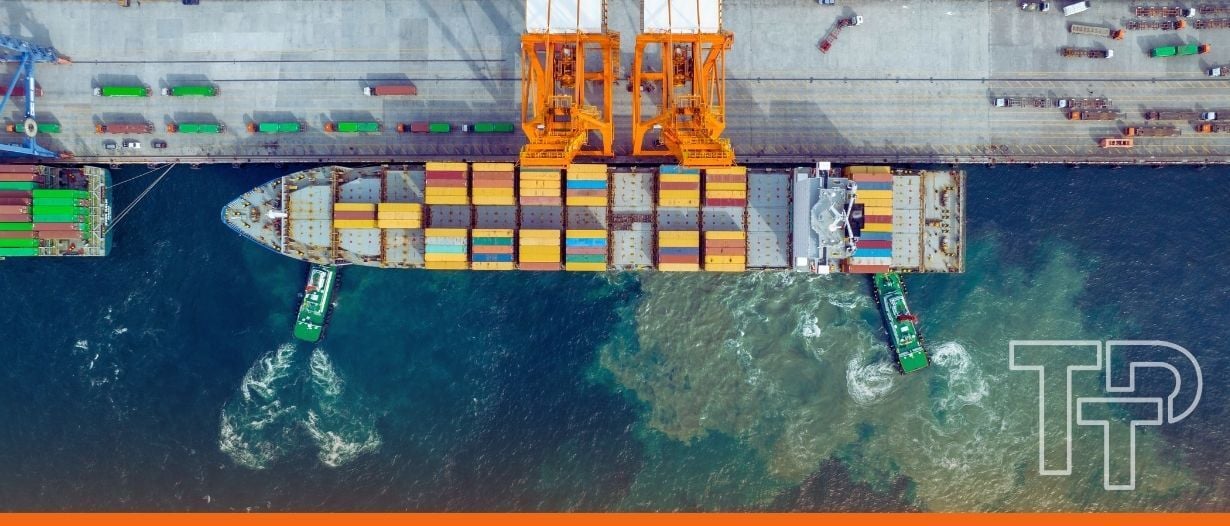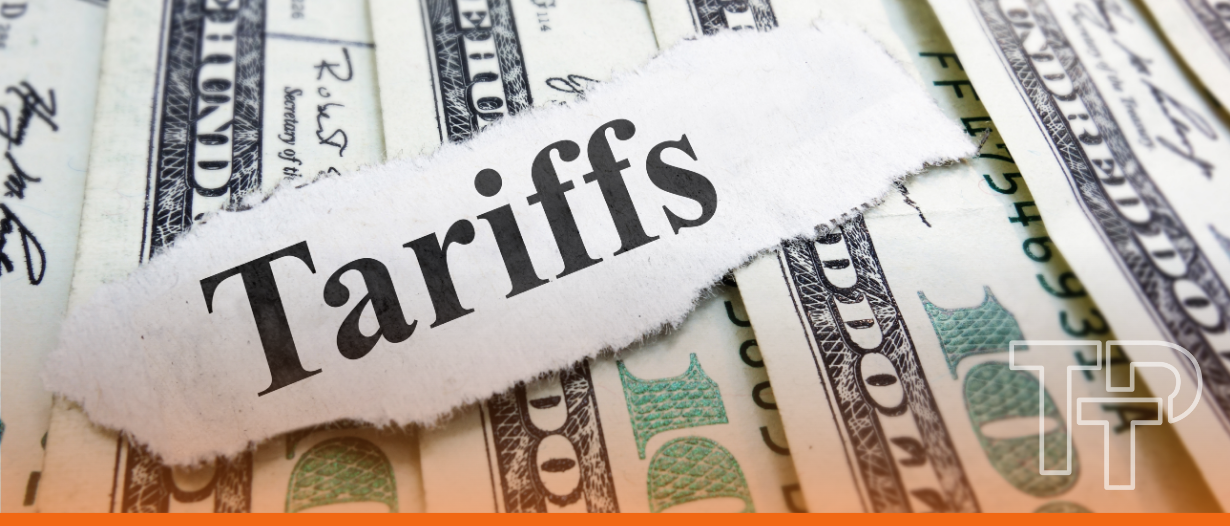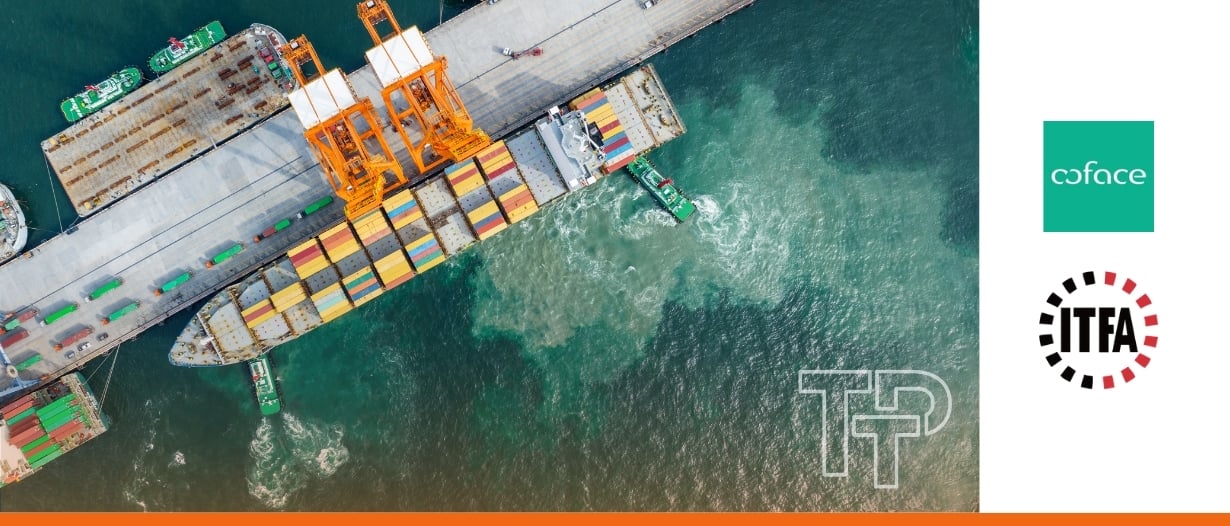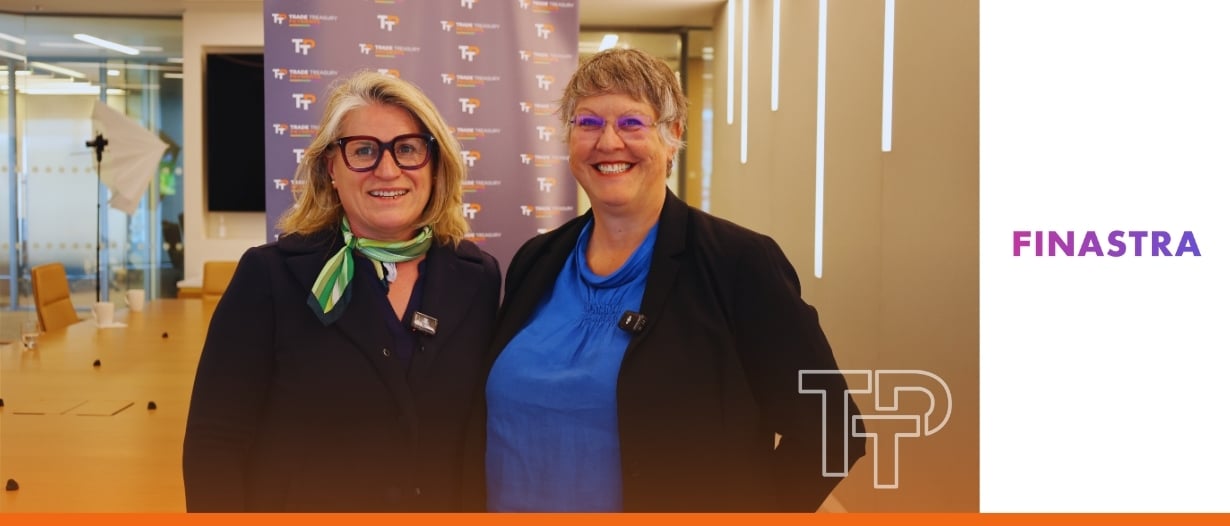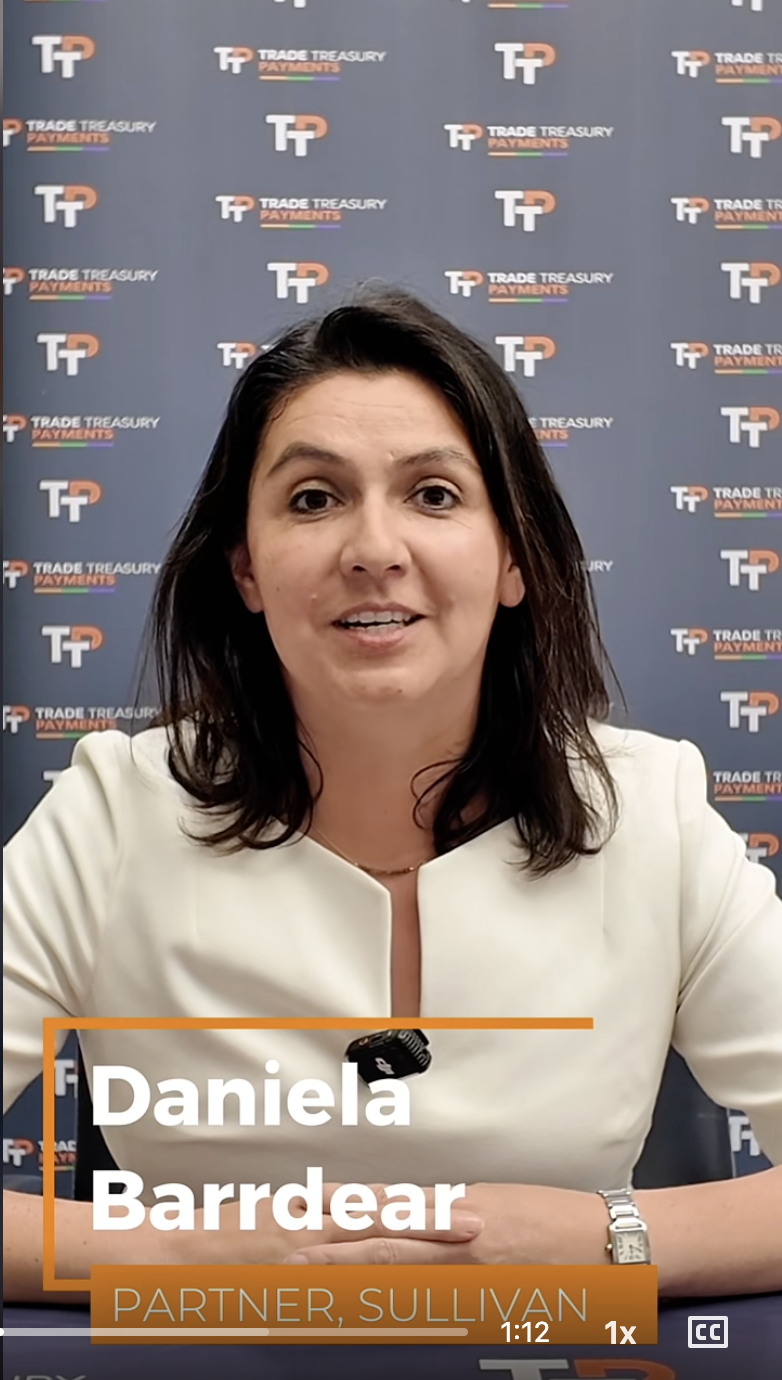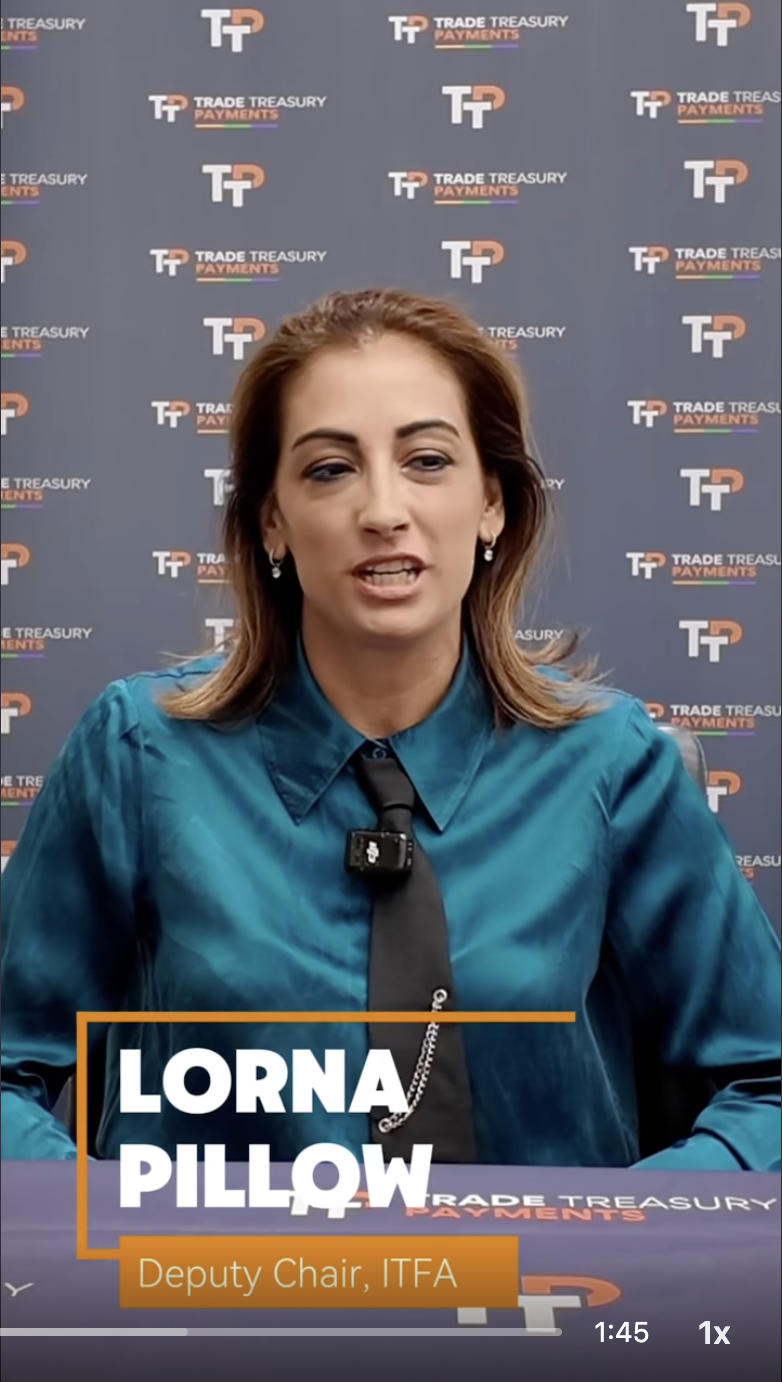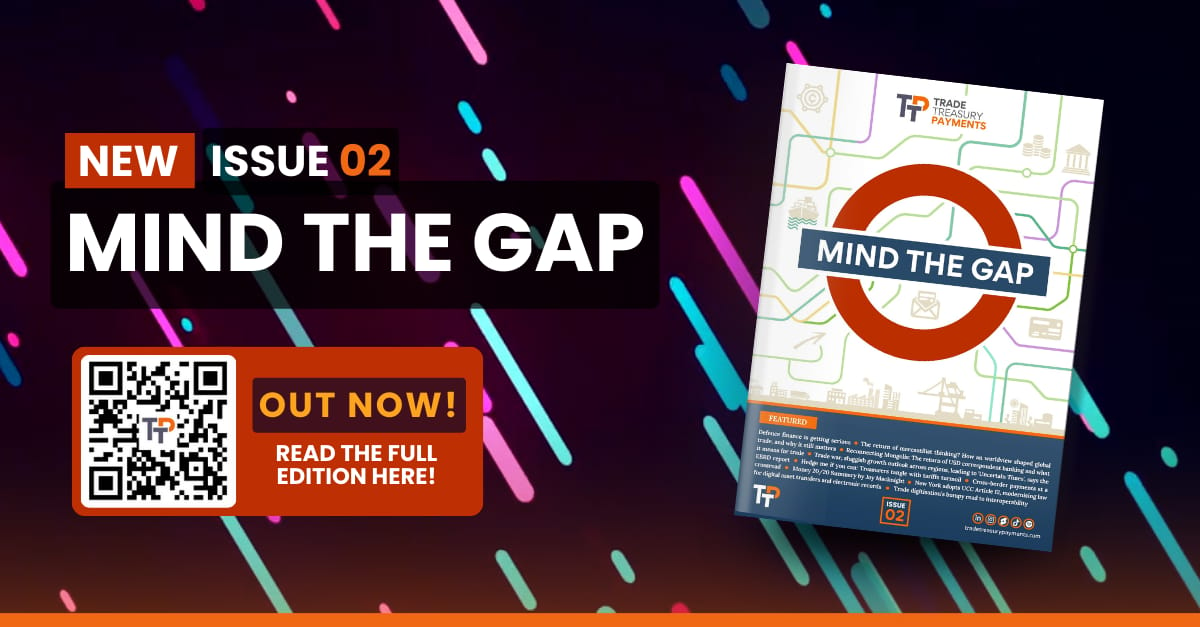- Trade Treasury Payments | The Liquidity Brief
- Posts
- Welcome to the TTP Liquidity Brief | Issue 14
Welcome to the TTP Liquidity Brief | Issue 14
Curb your Monday blues with our liquidity brief. The only newsletter in liquidity and risk management that you need to subscribe to. For the hustler, the CEO, the intern, the MD. Prepare for your week ahead, with the biggest voices, heavyweight leaders, and the meaningful conversations in trade, treasury, and payments. No spin, no bias, no gatekeeping—just honest, high-value insights.
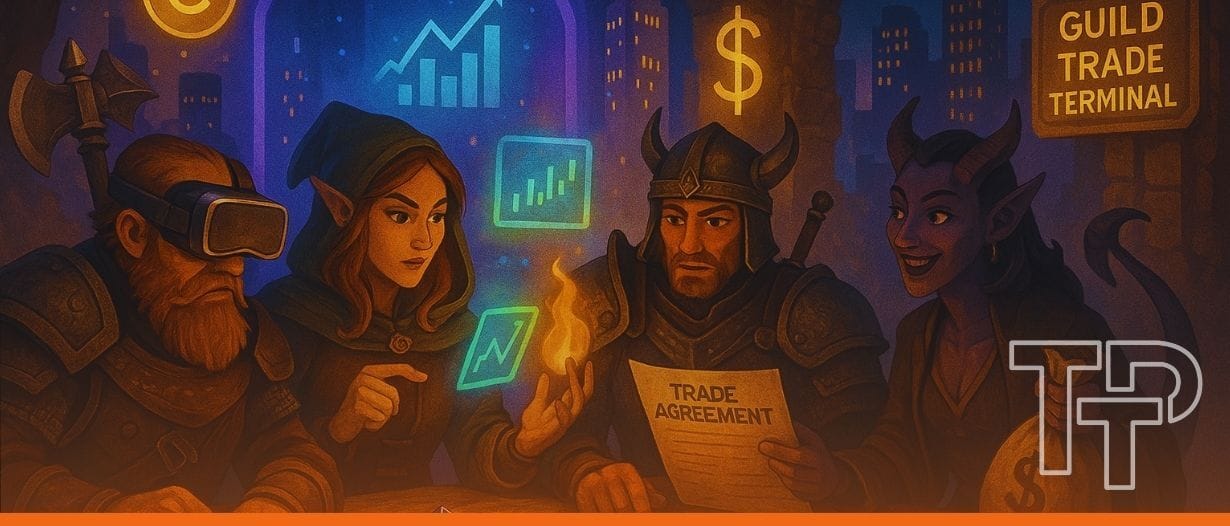
🌟 Editor's note
Editor’s Note | Week of 21 July 2025
We’ve launched quite a few things this year, a platform, a magazine, and now, a breakfast club. But what we’re really building is a conversation infrastructure. This week, that takes the form of Issue 02 of our flagship magazine, Mind the Gap, which dropped with a thud on digital desks across five continents. It’s not light reading, that’s the point.
From the liquidity crunch at the SME level to the growing divide between digital promises and operational reality, this edition dives into the cracks too often paved over by glossy PowerPoint. There’s even a full section dedicated to the legal plumbing of digital trade, because someone has to talk about enforceability and governing law (and we’re weirdly happy to).
Meanwhile, our new TTP Breakfast Club debuted in London with a packed house, croissants, and some very real talk about the future of supply chain finance. A huge thanks to our partners at Sullivan, Mercore, Citi, and EBRD for helping make it a proper salon.
This week, Carter heads to Johannesburg for the UN SME Ministerial, where he’ll be filming on location and capturing how trade, development, and compliance are playing out in the real world. Look out for his dispatches from the ground — and yes, there will be reels.
Oswald Kuyler is our new GAP of the Week, dragging digital trade’s elephants into the spotlight by day, battling dragons in virtual realms by night.
Also in this newsletter:
📉 BNPL might be the most quietly dangerous debt trend in America.
📄 Siemens and J.P. Morgan make real progress on digital trade documents.
📊 HSBC and Tata Steel are changing what ‘receivables’ and ‘eBLs’ can actually do.
🌍 FX volatility, the EU backtracking on late payments, and ISO 20022 implementation are all heating up across treasury desks.
Onwards,
— The Editors
Skip to your favourite part
Slow read
The BNPL time bomb: How “Buy Now, Pay Later” is rewiring American debt
By TTP Editorial Board Member Alan Koenigsberg
A $560 billion market built on a century-old loophole could be heading for a reckoning
Meet Lysa. She represents a typical 24-year-old professional who has sworn off credit cards after watching a family member struggle with debt. Lysa was determined to be smart about money, but instead, she was lured in by the sleek, seemingly harmless world of Buy Now, Pay Later (BNPL), splitting her $200 sneaker purchase into four easy payments, her $80 skincare routine into bite-sized chunks, and even her $1,200 laptop for work.
When she started using BNPL for her weekly grocery run, red flags should have been obvious. She reassured herself that it was just a temporary situation. Her rent had gone up, and she needed to buy time until her next paycheck. What began as a $75 grocery split payment soon became a regular habit.
What Lysa didn’t realise was that she had quietly accumulated $3,400 in BNPL debt across five different platforms. None of these loans appeared on her credit report. None required traditional underwriting. And when she missed a payment on her laptop instalment, the effects were swift and brutal.
While Lysa’s character is fictional, the story is not. These scenarios are all too real for an increasing number of people. They’re part of a generation that has embraced what appears to be a financial innovation but may actually be part of a ticking time bomb built on a regulatory loophole from a different era – one that’s now threatening to reshape American consumer debt in ways we’re only beginning to understand.
The rise of the shadow credit system
The numbers are staggering. The global BNPL payment market is expected to grow by 13.7% on an annual basis to reach US$560.1 billion in 2025, with BNPL purchase volume expected to total $122.3 billion in 2025, up 12.2% year-over-year in the U.S. alone. What started as a niche service has exploded into a parallel credit system that operates largely outside traditional banking regulations.
Nearly 30% of U.S. consumers have used “Buy Now, Pay Later” loans, with Gen Z leading the charge. But here’s where the story gets concerning: 25% of BNPL users are now funding grocery purchases with these loans, up from just 14% in 2024, a stark indicator of financial stress that has economists worried. Among Gen Z users, one-third admit to using BNPL to afford groceries, making it the fourth most common use for these loans among the youngest consumers.
The late payment crisis is accelerating alongside this trend. Forty-one per cent of BNPL users made a late payment in the past year, up from 34% the year prior. When people start financing basic necessities like food, it signals a fundamental shift from convenience purchasing to survival financing.
The appeal is undeniable. Unlike traditional credit cards, BNPL promises instant gratification without the psychological weight of accumulating interest. The user experience is frictionless. A few taps on a smartphone, and that expensive item is yours. No credit check, no annual fees, no complicated terms and conditions to decipher.
But this convenience masks a fundamental problem: the industry has grown explosively by exploiting what experts call “the rule of four”, a regulatory blind spot (for purchases involving four or fewer instalments and requiring no finance fees) that’s about to be tested like never before.
Photos of the week
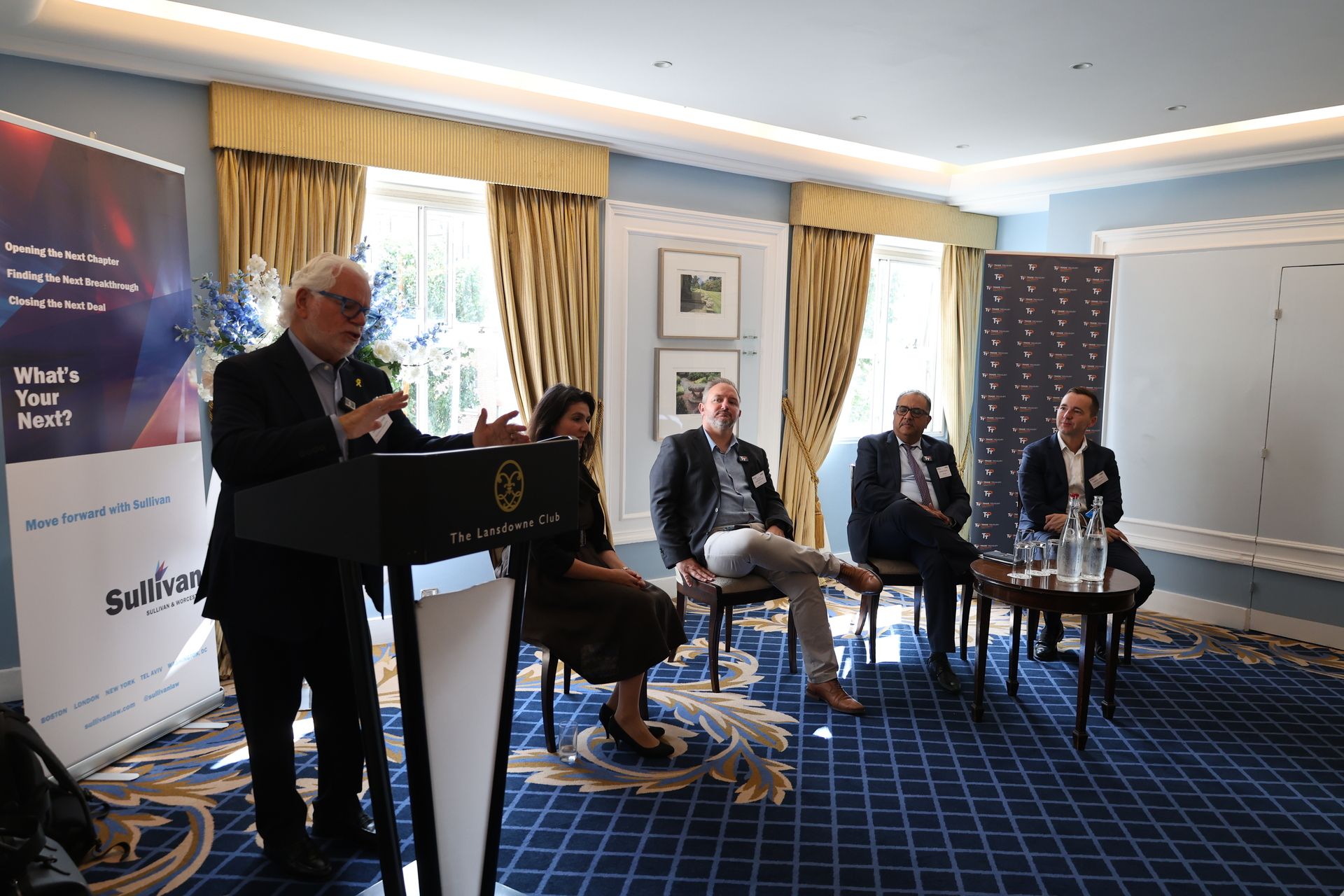
A full house, at the TTP breakfast club, which explored where we go from here in terms of Supply Chain Finance. Kindly sponsored by Sullivan, the panel also comprised EBRD Trade Facilitation Programme, non-bank lender Mercore, at payables head at Citibank. Missed it? Hang about, we’ll release the podcast soon.
 | 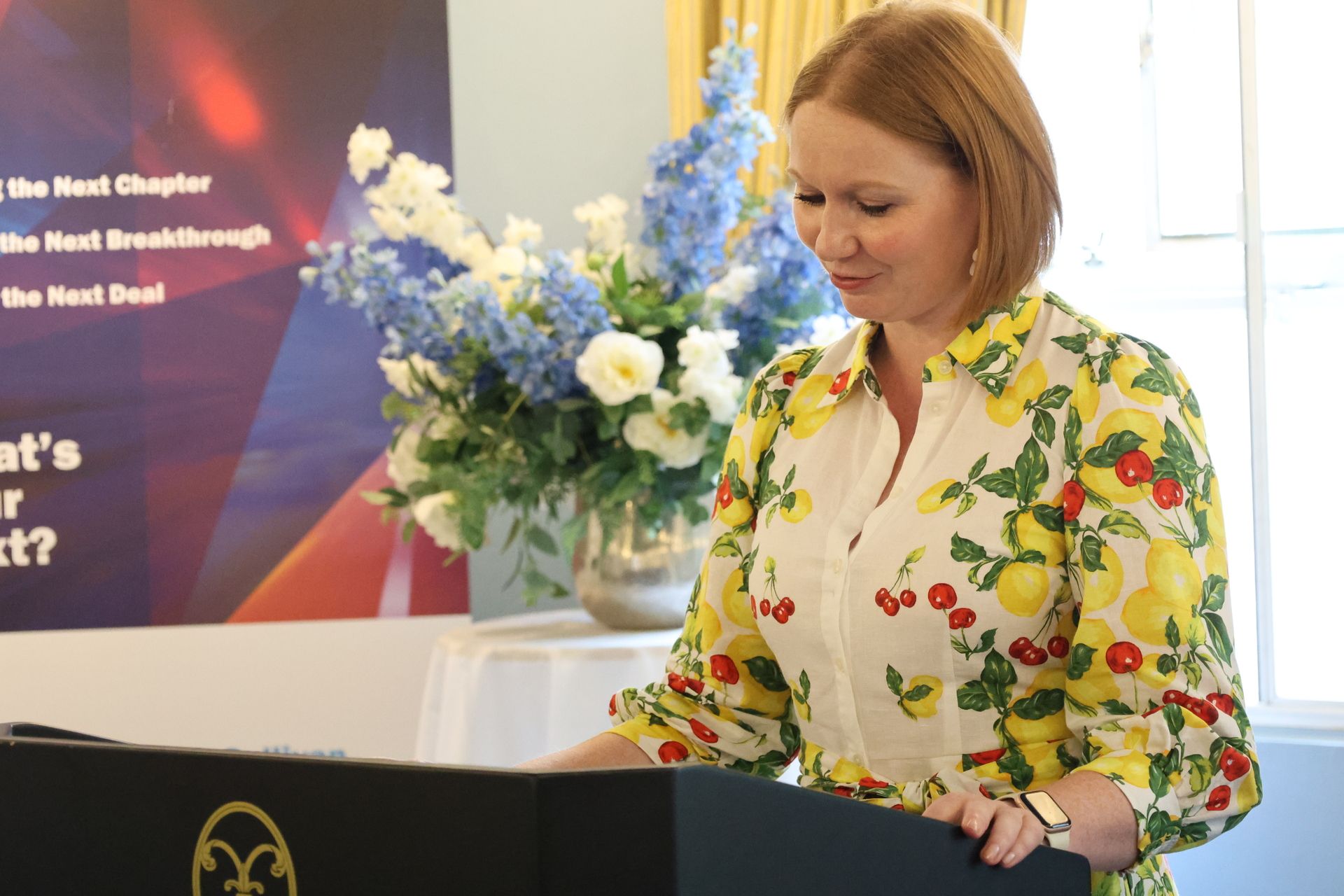 |
Trade digest
Treasury & Payments digest
The original LPR proposal sought to replace the existing 2011 Directive with a binding regulation that would impose a maximum 30-day payment term on all business-to-business and government-to-business transactions. It also proposed enhanced penalties for non-compliance, alongside the establishment of dedicated enforcement authorities in each member state.
Citing evidence of “abusive” practices by large corporates extending terms unilaterally, the Commission pegged the regulation as a broader tool for rebalancing market power and improving SME competitiveness.
Many industry participants, however, expressed concern, warning that the proposal conflated long payment terms with late payments. They argued that the proposed regulation did not distinguish between bad practice and negotiated flexibility (which is vital for many companies). The universal 30-day cap was widely considered to be overly prescriptive, particularly for sectors with extended production and working capital cycles.
Analysis from members of the International Credit Insurance & Surety Association (ICISA) estimated the change would create a funding gap of nearly €2 trillion for SMEs, demand unlikely to be met through existing financing channels. If bridge financing could be sourced, ICISA noted, the resulting interest costs would introduce an inflationary dynamic across supply chains.
🗓️ Upcoming events
Featured events by TTP
Partner events
ADB Annual Awards and Dinner
| ITFA Annual Conference
|
BAFT Virtual Trade Finance Workshop
| SME Finance Forum
|
Sibos
| TTP Boat Cruise at Sibos
|
Multimedia from Trade Treasury Payments
Videos
Reels
🏆 GAP of the Week: Oswald Kuyler

🗓️ Daily Mission:
Ensuring that our digital trade journey reduces cost and complexity for SMEs, they are my number one customer.
Pragmatic change management journey to digitise trade, while ensuring that the solutions take into account the diversity that exists in both the global public and private sectors.
Dragging the elephants in the room towards the spotlight - and dealing with them.
🤳Behind the scenes:
Engaging with some of the best leaders and technologists on the planet to resolve really complex challenges.
Watching as many interviews as I can from various leaders across different industries and economies to pulse check on the direction of travel for both technology and trade.
Spending too much time in Virtual worlds fighting Orcs and Dragons… waiting for the arrival of the metaverse!
🪷 Life Mantras
Nothing is as certain as death, taxes and capital allocation frameworks in corporations.
Things worth doing at scale require capital. Capital allocation frameworks always win.
You need to ensure you have the right talent on the bus before you start your journey.
Everyone needs their own board of advisors, formal or informal, to help navigate the complexities of life. Our industry has some inspirational leaders to learn from.
📋 Hidden facts:
My partner is an experimental physicist at Manchester University’s Department of Physics and Astronomy. Whenever I think my problems are complex, I look at what he is doing and gain perspective rather quickly.
I actually think Star Wars: Phantom menace is a great movie, and should be considered a classic.
My weekends are mostly reserved for gaming, I have an Xbox, PlayStation, Nintendo Switch and gaming computer. I’ve tried golfing once, and realized I’ll always remain a gamer.
🏆 Just launched: Our latest magazine
When we launched Trade Treasury Payments (TTP), we weren’t trying to reinvent the wheel. We are ripping up the media and publication blueprint, smuggling intel from [deleted], and repackaging it in a way your CFO might actually read. Because let’s be honest, if it’s not painfully dense, it’s painfully dull.
We aimed to highlight the intersections, the vulnerabilities, and the hidden money flows that keep our global economy moving.
With Issue 02: Mind the Gap, we’re turning building momentum on that ambition. Since launch, we’ve published 286 pieces of original content, including 36 videos, podcasts, and reels, four webinars, and reporting from 26 conferences across five continents. We’ve hosted three roundtables in London and Rio, published eight flagship editorial editions, and engaged a growing community of nearly 4,000 followers, with 330,000+ impressions. That reach is powered by your feedback, contributions, critique, and shared ambition.
Did You Know? As we head to the ITC Ministerial in Johannesburg this week, we’ll leave you with this one. Only 10% of SMEs globally have access to formal credit, yet they contribute more than 40% of GDP in emerging markets. That’s a $5.2 trillion funding gap. That’s a systemic market failure. (More to follow, this week.)
Till next time,

